tomsk
0
- Joined
- Jan 26, 2010
- Messages
- 88
- Points
- 18
This is my project for laser pointer used dual diode 9mm, 26650 host.
Using two diodes 9mm with copper heatsink and glass lens for 445nm.

Testing + heatsink about 500mW/diode.
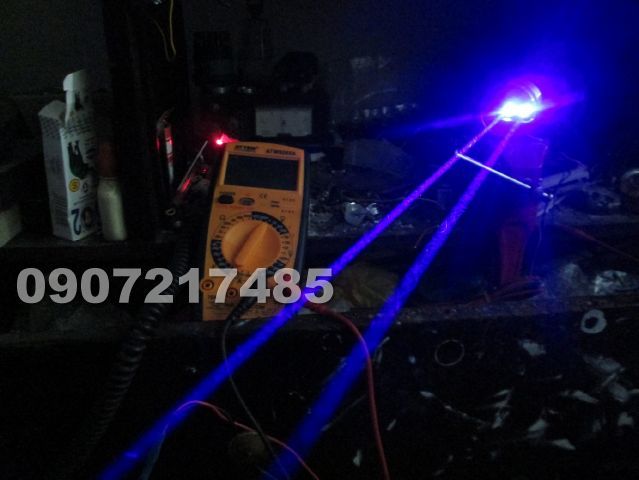

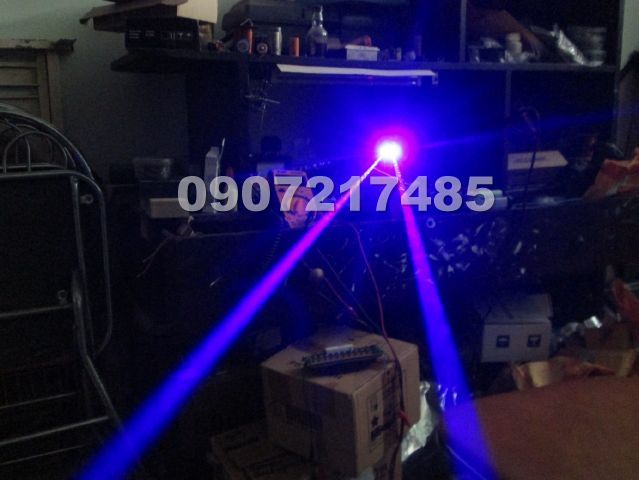
The cube.
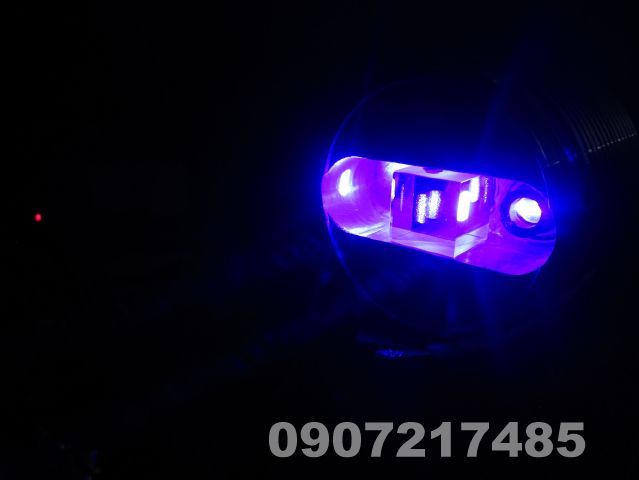
Driver module with heatsink
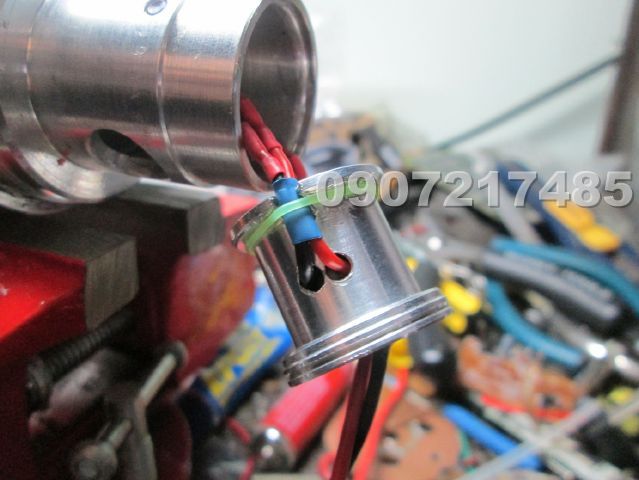
Button with Eagle Eye Led Green.
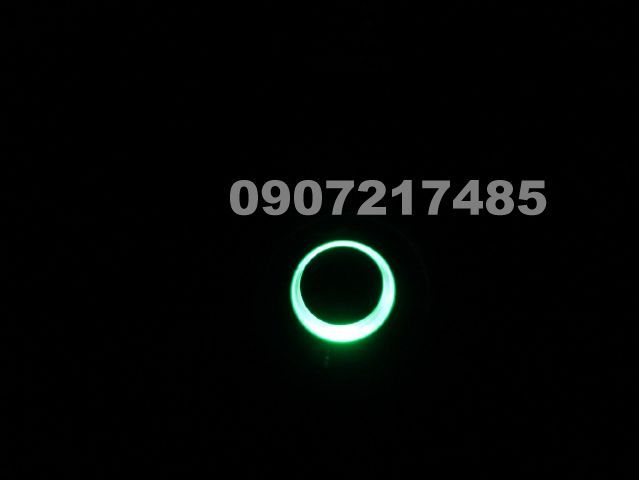
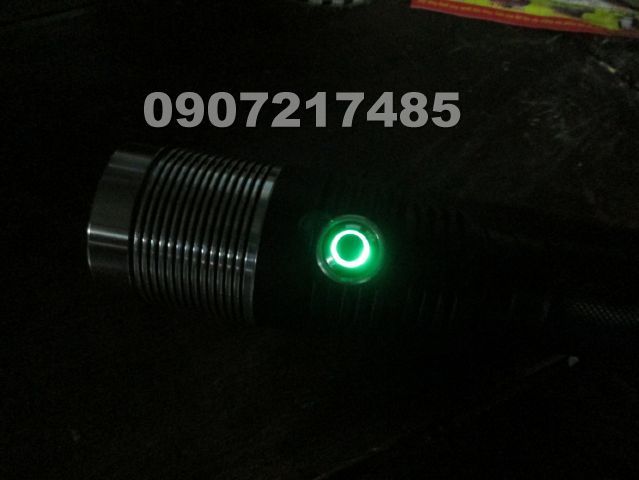
Finish.
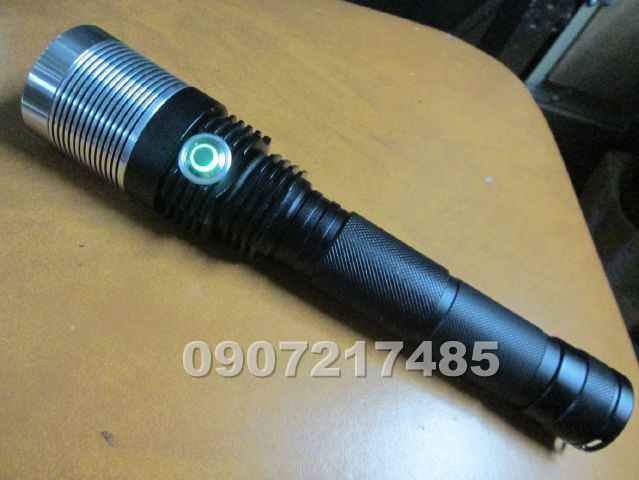
Eagle switch.

Front face with glass anti dust.
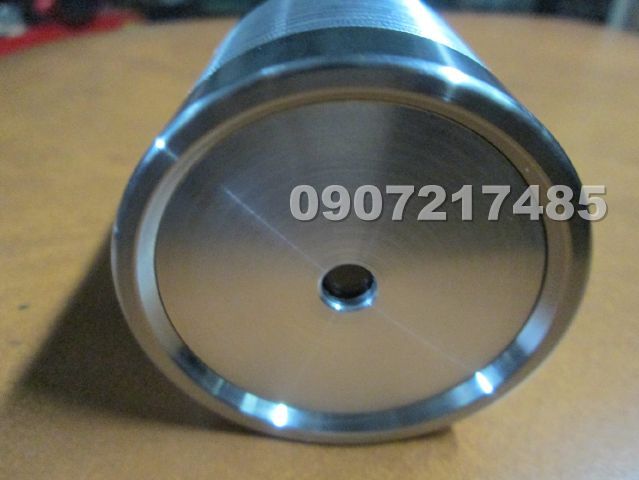
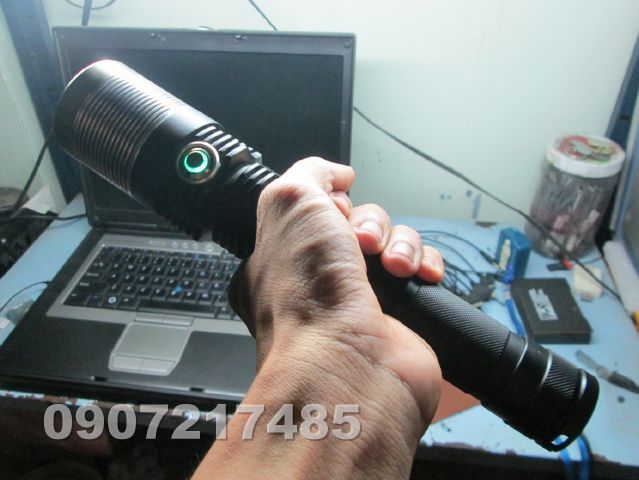
Beam shoot.
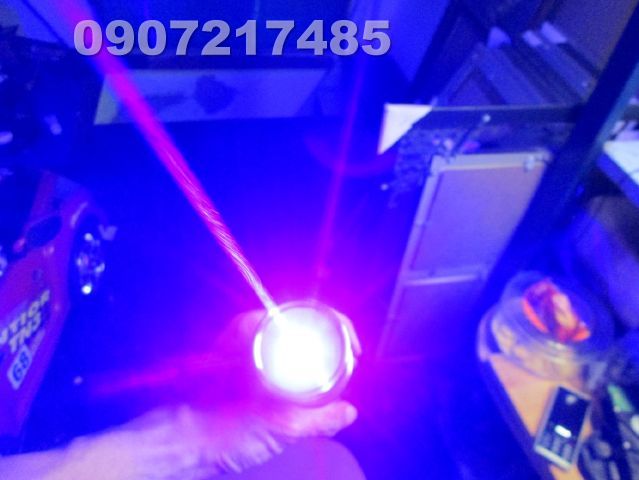
Using 2 26650 Li-Fe battery.
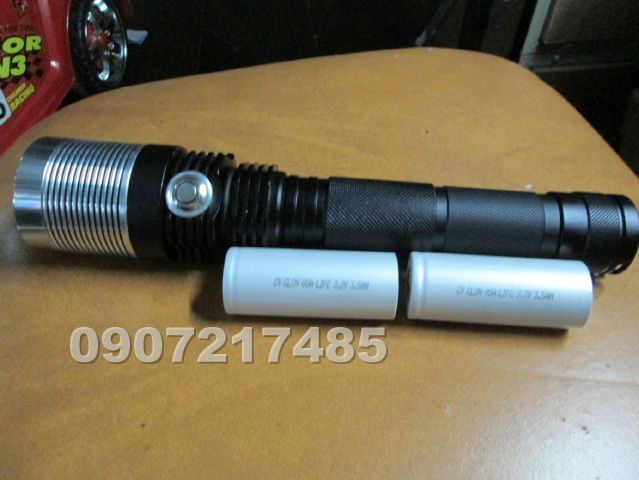
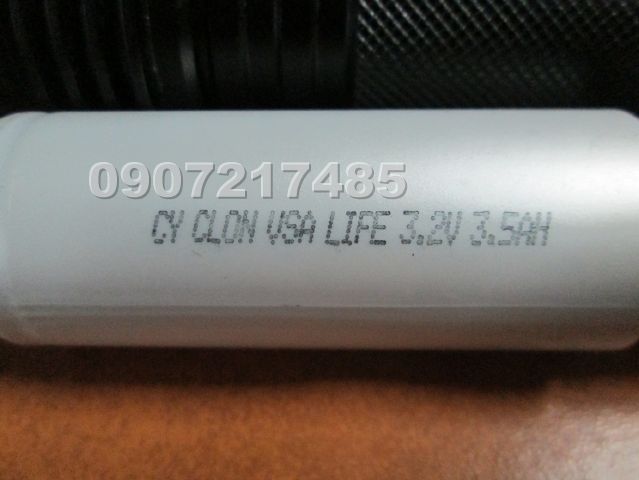
Some beam shoot picture.
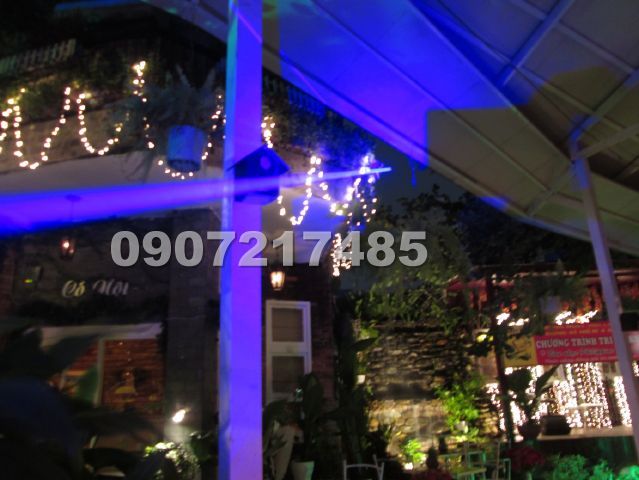
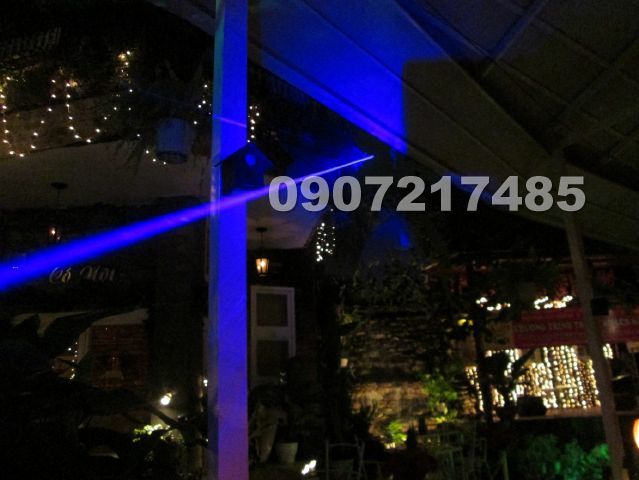
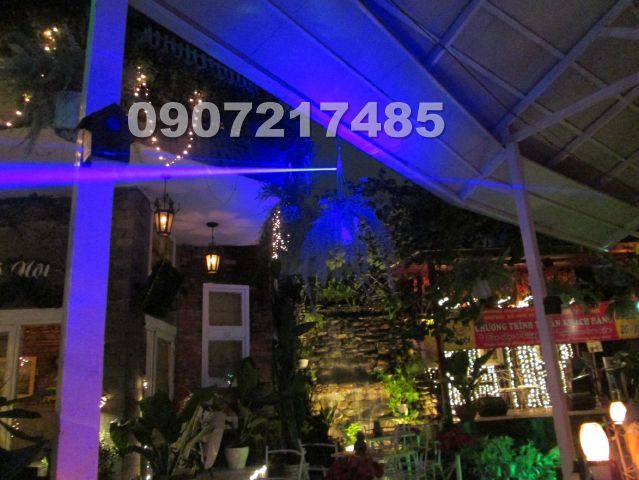
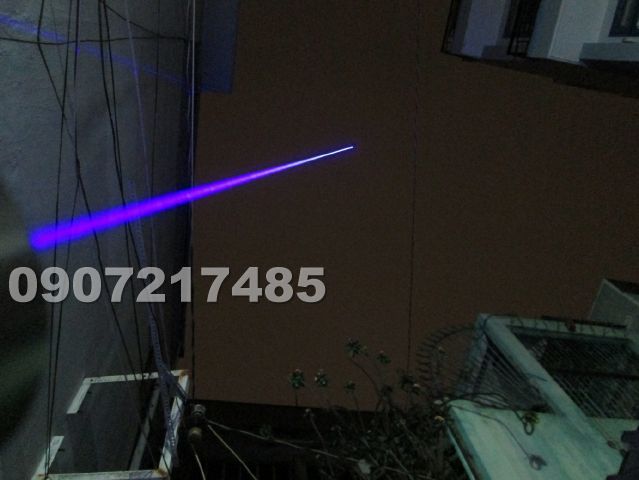
Clip.
:thanks:
Using two diodes 9mm with copper heatsink and glass lens for 445nm.

Testing + heatsink about 500mW/diode.



The cube.

Driver module with heatsink

Button with Eagle Eye Led Green.


Finish.

Eagle switch.

Front face with glass anti dust.


Beam shoot.

Using 2 26650 Li-Fe battery.


Some beam shoot picture.




Clip.
Last edited:





